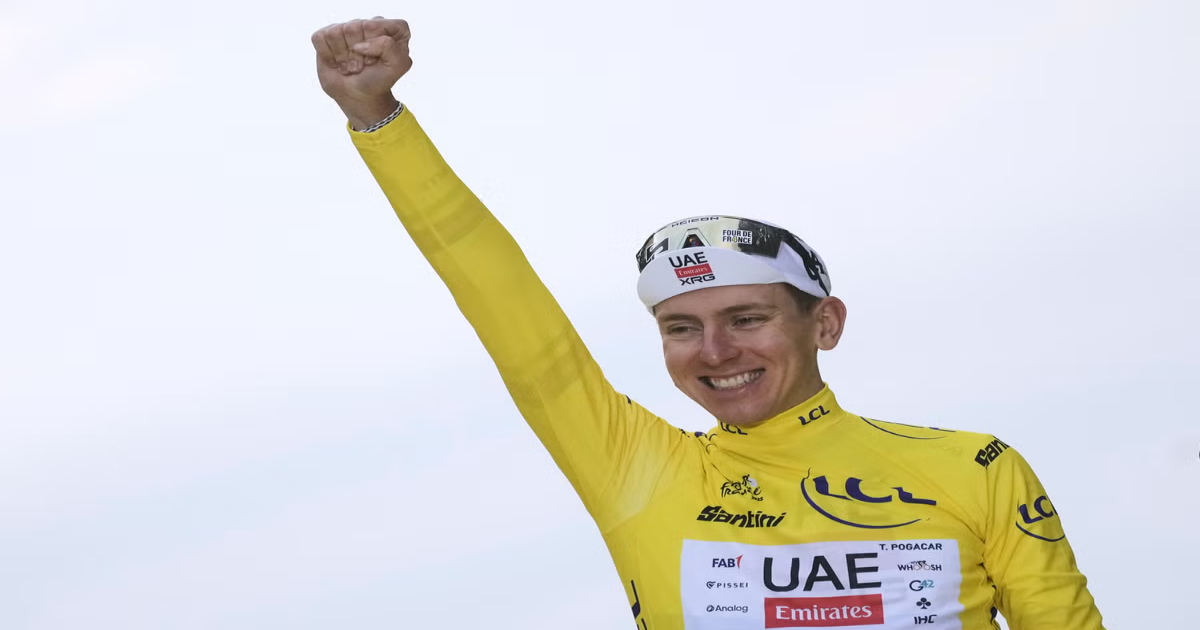
The defining image of this Tour de France may not be a rainbow-clad Tadej Pogacar celebrating his 100th career victory; nor Pogacar letting fly with 12km to go on Hautacam and storming up the mountain in yellow; nor Pogacar grinning as he essentially broke his rivals in the Pyrenean time trial.
Instead, the defining moment of this year’s Tour may be the waiting game he played on the road up Mont Ventoux. Climbing the legendary lunar landscape, pedalling smoothly, but hanging back. Up ahead, it was local boy Valentin Paret-Peintre who took a career-defining victory, raising his arms aloft, Ben Healy shaking his head in defeat in the background. (For the French, that is probably the defining moment.)
Further down the mountain, Pogacar continued to pedal. He did not reel in the day’s plucky breakaway, chasing down every moment of glory for himself, as many teams – and many observers – may have feared. Instead, he watched. Waited. And in the closing moments, he broke free of Jonas Vingegaard, his only, very remote challenger for yellow, and floated across the line alone.
This Tour de France has seen a newer, more complete version of Tadej Pogacar, the 2.0 model of the world’s best bike rider. Refined, given a few tweaks and upgrades. It has made him a more terrifying prospect than ever.
Pogacar now has four Tour de France titles, each won in a different style. The first, in 2020, was almost a surprise, having shadowed Primoz Roglic for the whole race before seizing the crown in the final time trial. His second title, the following year, was a show of strength: he led from day eight and won three stages, including two summit finishes.
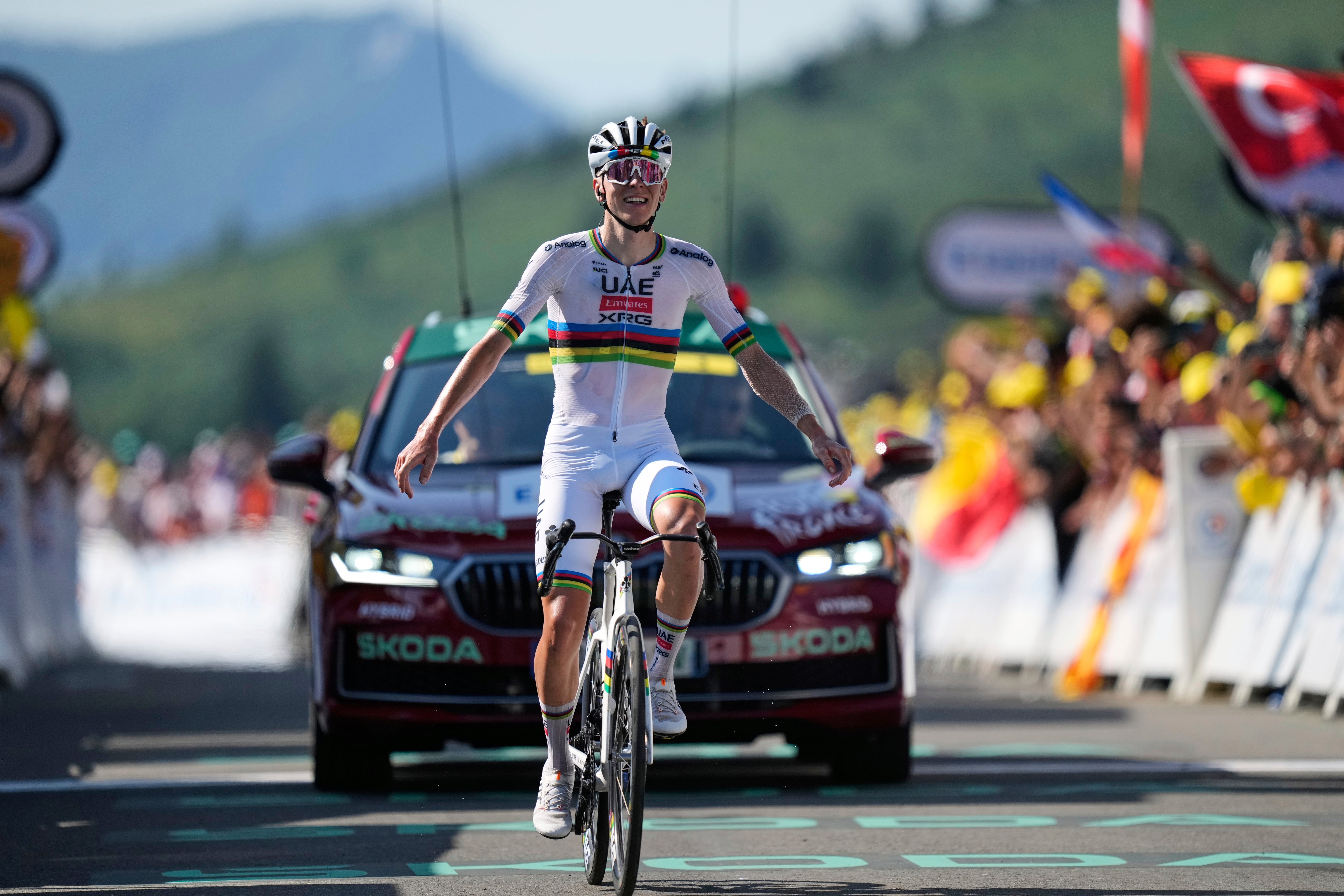
Pogacar blasted past all his rivals to win stage 12 and move back into the race lead (AP)
Then followed two years of humiliation at the hands of Vingegaard. In 2022 he won three stages to the Dane’s two; it wasn’t enough. In 2023 he was on the back foot from the start, nursing a wrist fracture from Liege-Bastogne-Liege, but attacked the race with the same exuberance as if he had been box-fresh. It proved his downfall, as Vingegaard utilised his team strength and canny, calculating racer’s mind to overwhelm Pogacar, letting him exhaust himself with attacks before quietly, mercilessly, turning the screw.
2024 was back to normal for Pogacar: his third overall win was a display of total domination, hoovering up six stage wins in the process. But the lessons from his two years of abject defeat no doubt stayed in his mind. They have contributed to his newer, sharper, all-conquering form. Now he is not just the world’s best bike rider: he is the world’s best racer.
His dominance this year is unprecedented in the modern era. Only 12 riders have finished within one hour of the yellow jersey. That hasn’t happened since 1969, when Eddy Merckx won his first Tour.
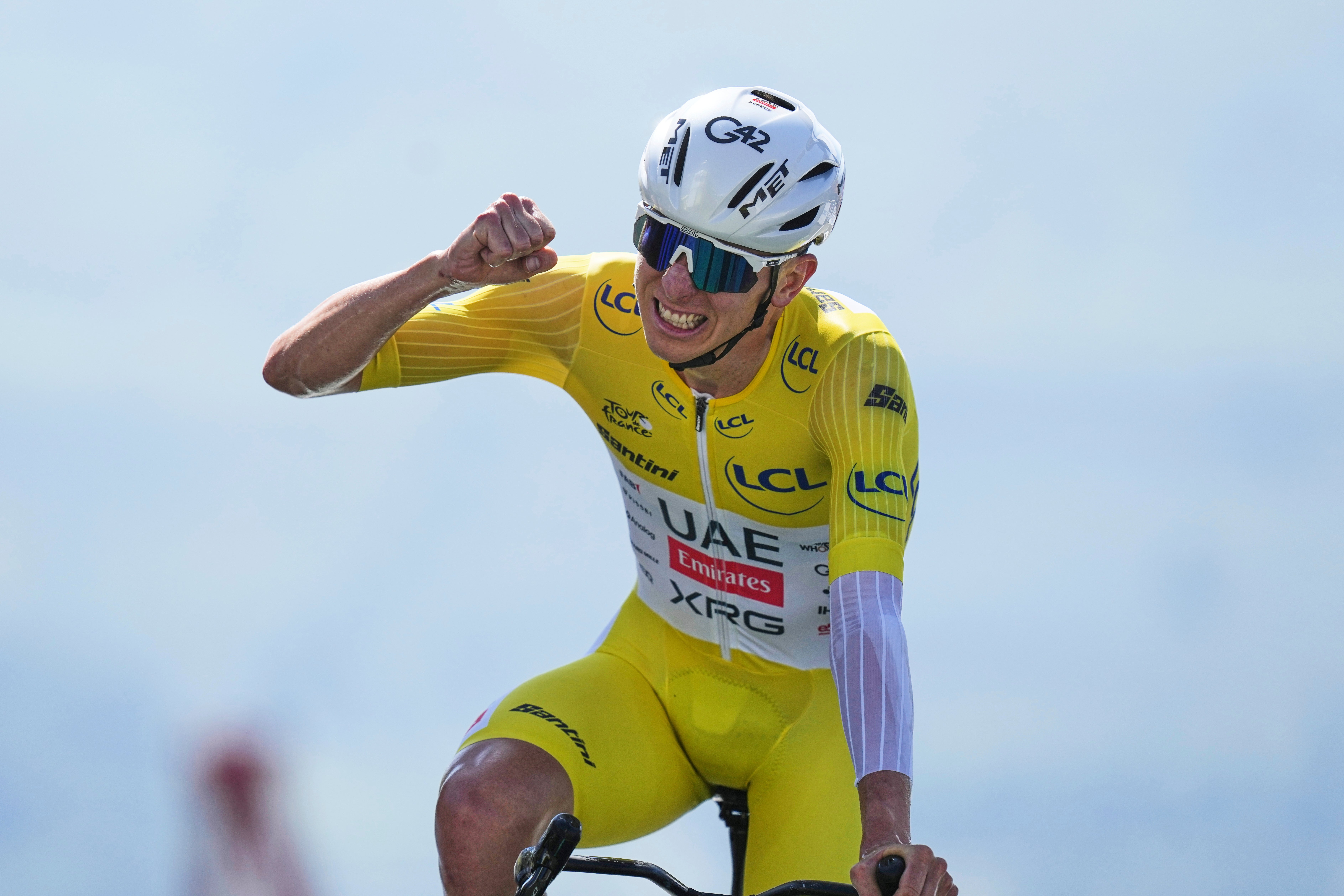
Pogacar essentially sealed victory on stage 13’s time trial (AP)
Evidently, Pogacar still loves to win: UAE Team Emirates-XRG orchestrated Tim Wellens taking custody of the king of the mountains jersey ahead of stage four, just so the Slovenian could take his 100th career win in the world champion’s rainbow stripes, rather than polka dots. He picked up two wins on the Classics-style punchy terrain of the first week, both times against his biggest rivals: Mathieu van der Poel and Vingegaard. It was clearly important to him that he not just stamp his authority on the race on Hautacam, but to take victory on one of the Tour’s most infamous summits too.
But whereas previous incarnations of Pogacar would simply have kept winning, from then on, the 26-year-old held something back. On Mont Ventoux he was content to match Vingegaard’s attacks, withstanding the temptation to put his rival in his place, and only accelerated at the very summit. It seems unlikely this was driven by any sympathy for his fellow riders; he said during this Tour that he isn’t here to make friends.
He did the same on Col de la Loze, making his point with a vicious kick inside the final few hundred metres, rather than attacking from the foot of the climb. Perhaps part of that is because he views the Courchevel side of the climb as beneath him: “This side of the Col de la Loze is much easier, but the other side I want to return [to] for a victory.” But he also said, “I wanted the win, but [defending] the yellow jersey is a priority.”
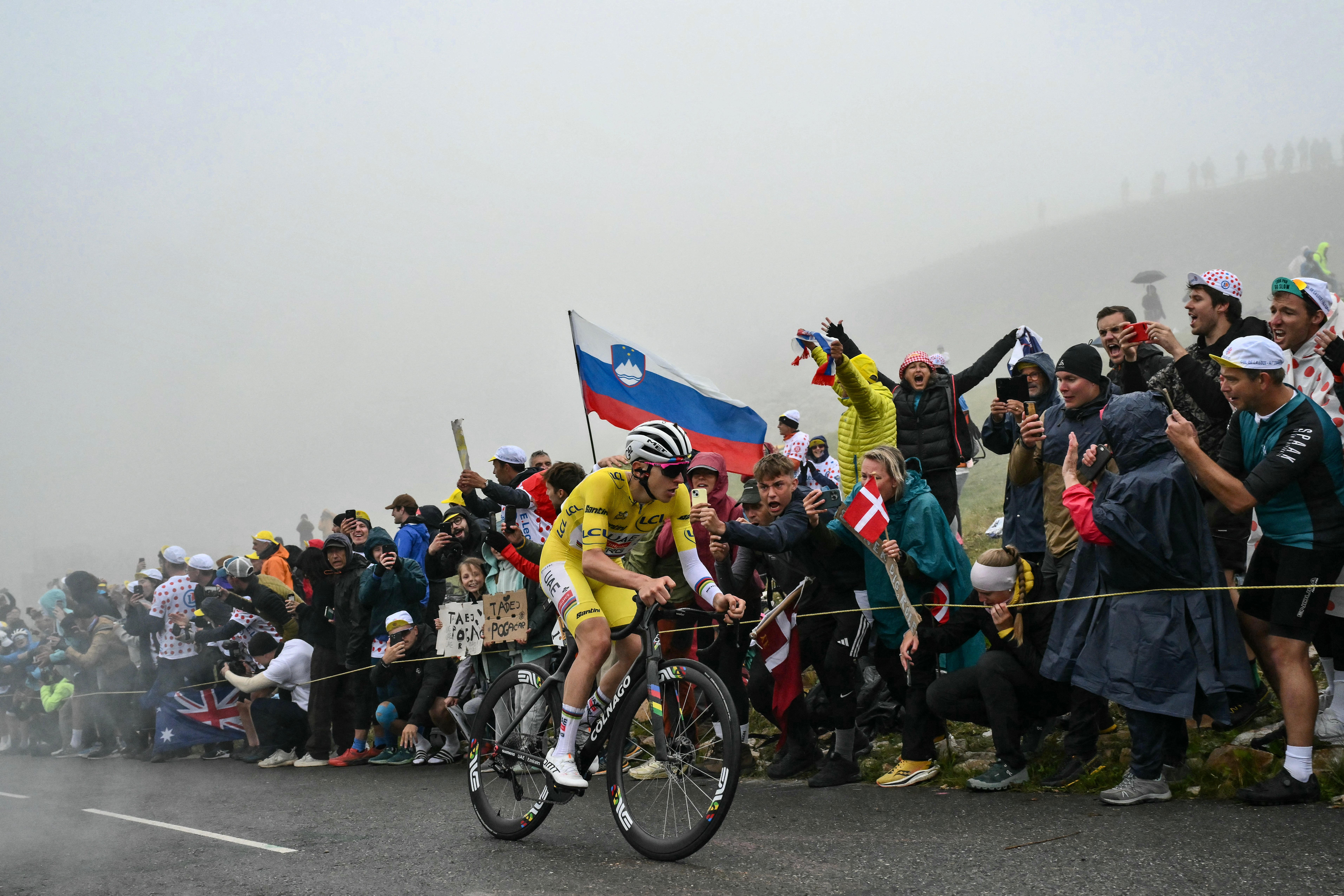
Pogacar moved clear of Vingegaard in the final kilometre of Col de la Loze (AFP via Getty Images)
He backed that up on stage 20: UAE rode as if they wanted to win it, but he did not chase down Thymen Arensman in the final kilometres, allowing himself to be towed along by Florian Lipowitz as the German rode for his own GC ambitions.
He has spared energy, riding conservatively and defensively, racing within his means. In short, he has raced in the same manner Vingegaard did when he schooled his rival in the 2022 and 2023 Tours.
One of the most fascinating developments of this year’s Tour has been seeing just how much the world’s two best riders have taken from each other, as they both aim to plug the holes in their armour. It was noticeable in the first week how much better Vingegaard has become on punchy climbs, the sort of terrain where he has never previously been able to match Pogacar’s unparalleled explosive kick.
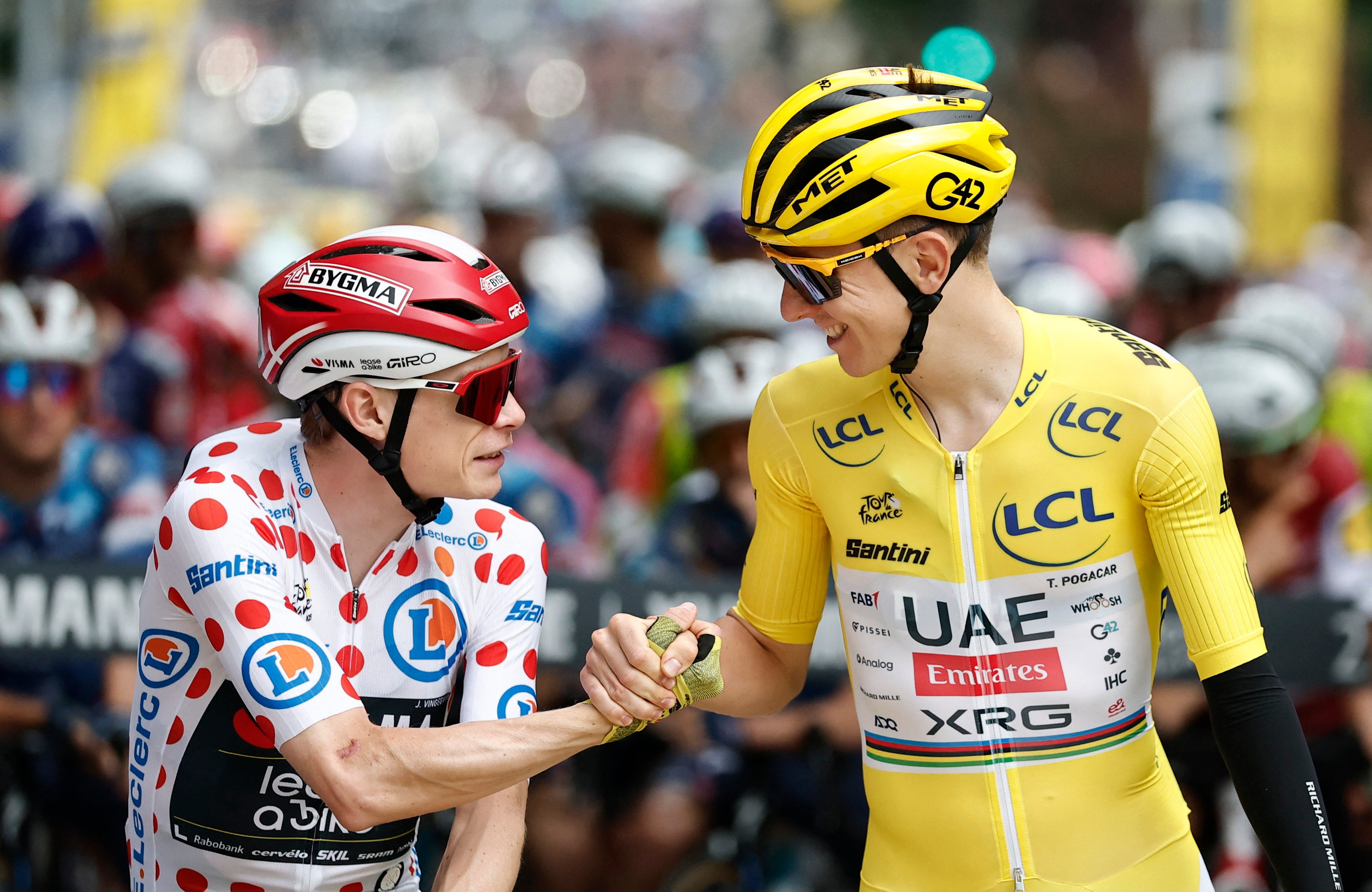
Pogacar has the advantage over Vingegaard, having won four Tours to his rival’s two (REUTERS)
And over the last couple of seasons, Pogacar has made himself sharper at high altitude, on the hour-long, brutal Alpine climbs where Vingegaard has always felt most comfortable. Vingegaard demolished Pogacar in 2023’s climbing time trial, from Passy to Combloux; Pogacar turned the tables this year.
Every adaptation has served both riders well – but it has also highlighted how unbridgeable the gulf was for Vingegaard this year. The pair are, in theory, closer than ever, with neither carrying injuries and both in their physical prime. Vingegaard certainly looked closer to Pogacar in the Alps than the Pyrenees, but he hasn’t gained any time on the Slovenian, barring bonus seconds, in the last two Tours. His only time gain on this Tour was two seconds on the line on stage 19.
So Pogacar celebrates a fourth victory, and can finally go back to doing “nice stuff with his life”. Where next for the modern-day Cannibal? He has won nearly everything there is to win; he has got Vingegaard’s number.
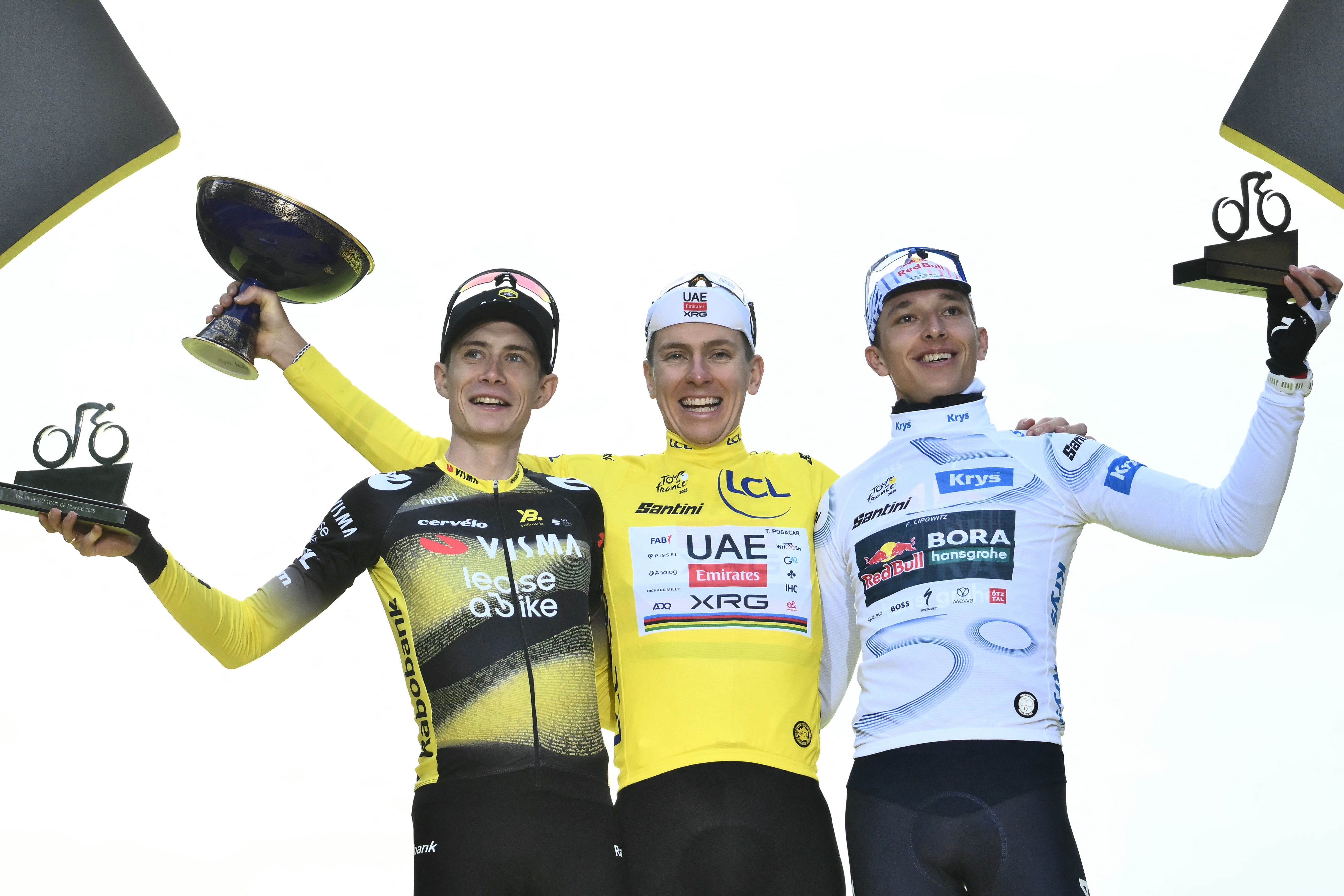
The usual smile was back on Pogacar’s face on stage 21 (AFP via Getty Images)
But he has also cut a jaded figure: it does not feel merely coincidental that Pogacar has seemed fed up throughout much of this Tour, especially since he began to ride in defence of yellow. “This is the point where I ask myself: ‘Why am I still here?’ It’s so long these three weeks,” he said after the queen stage.
The idea of the Tour without the world’s best rider seems inconceivable; UAE are hardly likely to let their star skip it. But what does the future look like for Pogacar? Will he go back to his marauding, stage-hunting pomp, hunting down Mark Cavendish’s record 35? Will he target ever more outlandish milestones – maybe the unprecedented Giro-Tour-Vuelta treble? He has drawn level with Chris Froome on four Tour de France victories: could he go one clear of the current record of five, shared by Eddy Merckx, Bernard Hinault, Miguel Indurain and Jacques Anquetil?
For the peloton, Pogacar 2.0 may be a more merciful figure, refraining from winning everything in sight in search of greater goals. But he is ever more powerful – and the only question remaining is, how far will he go?
